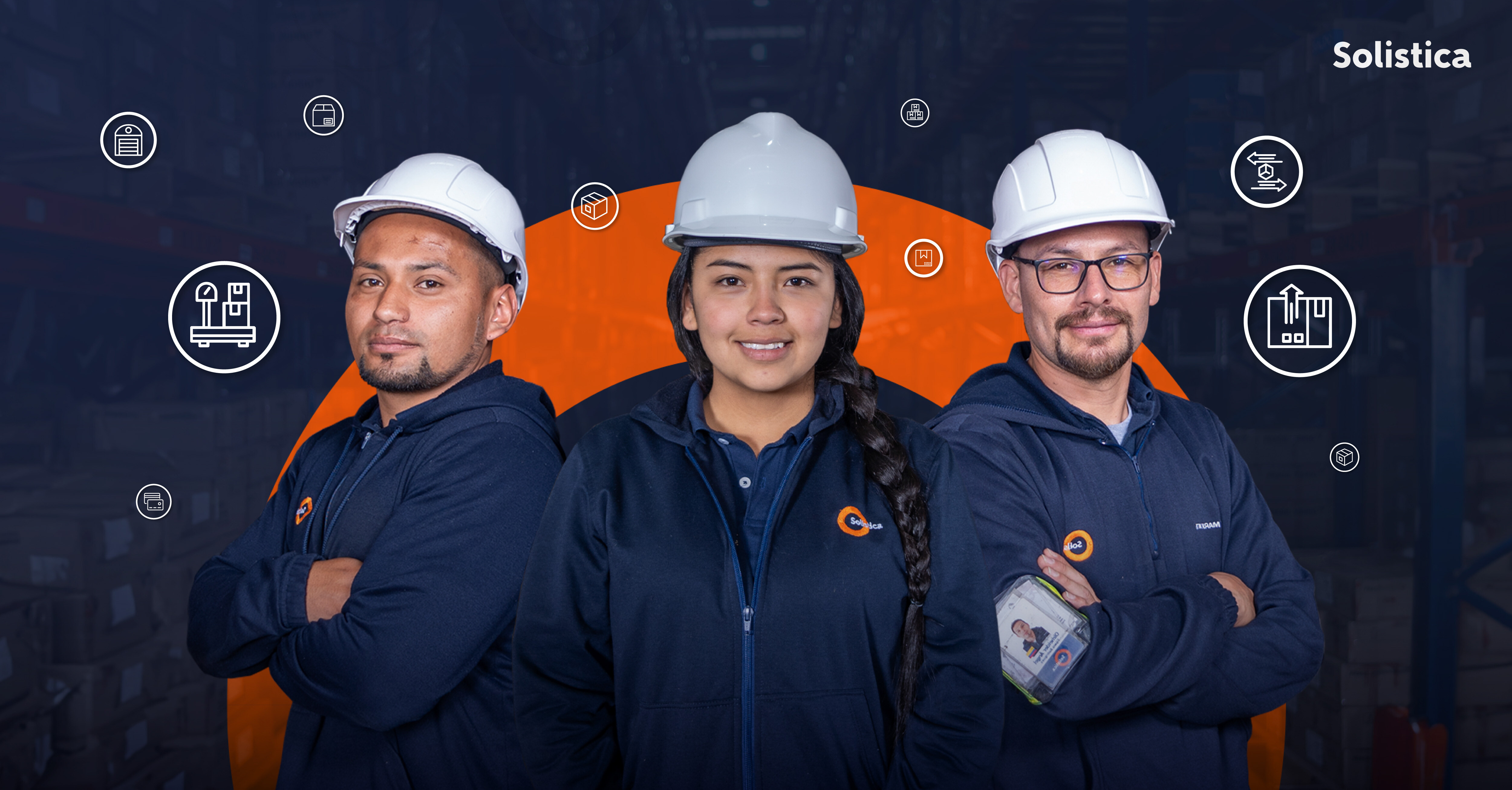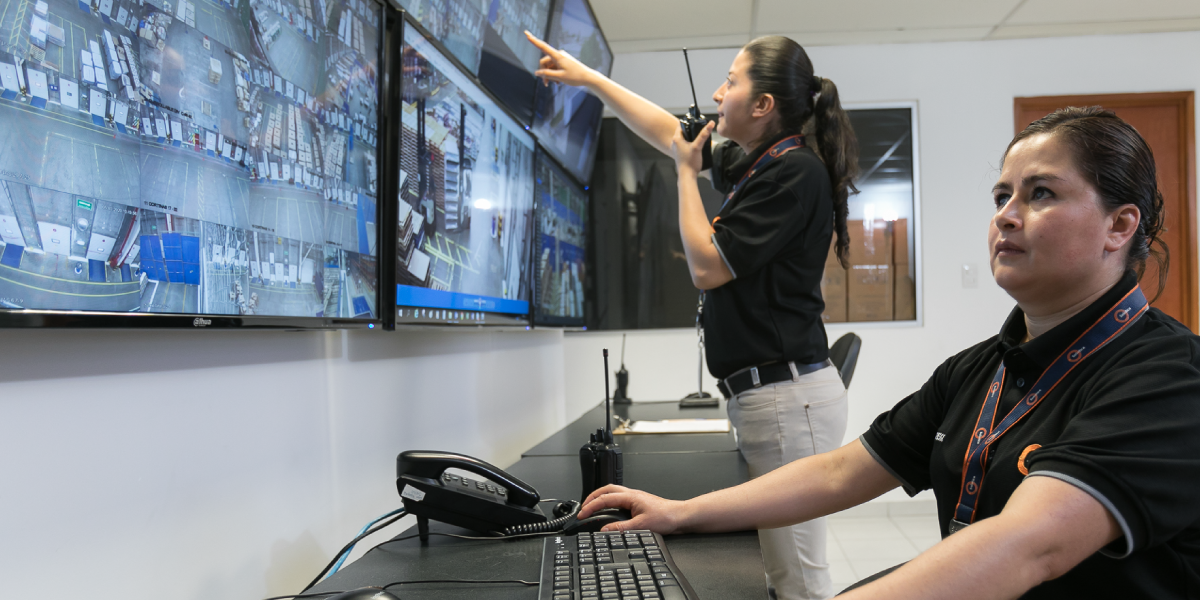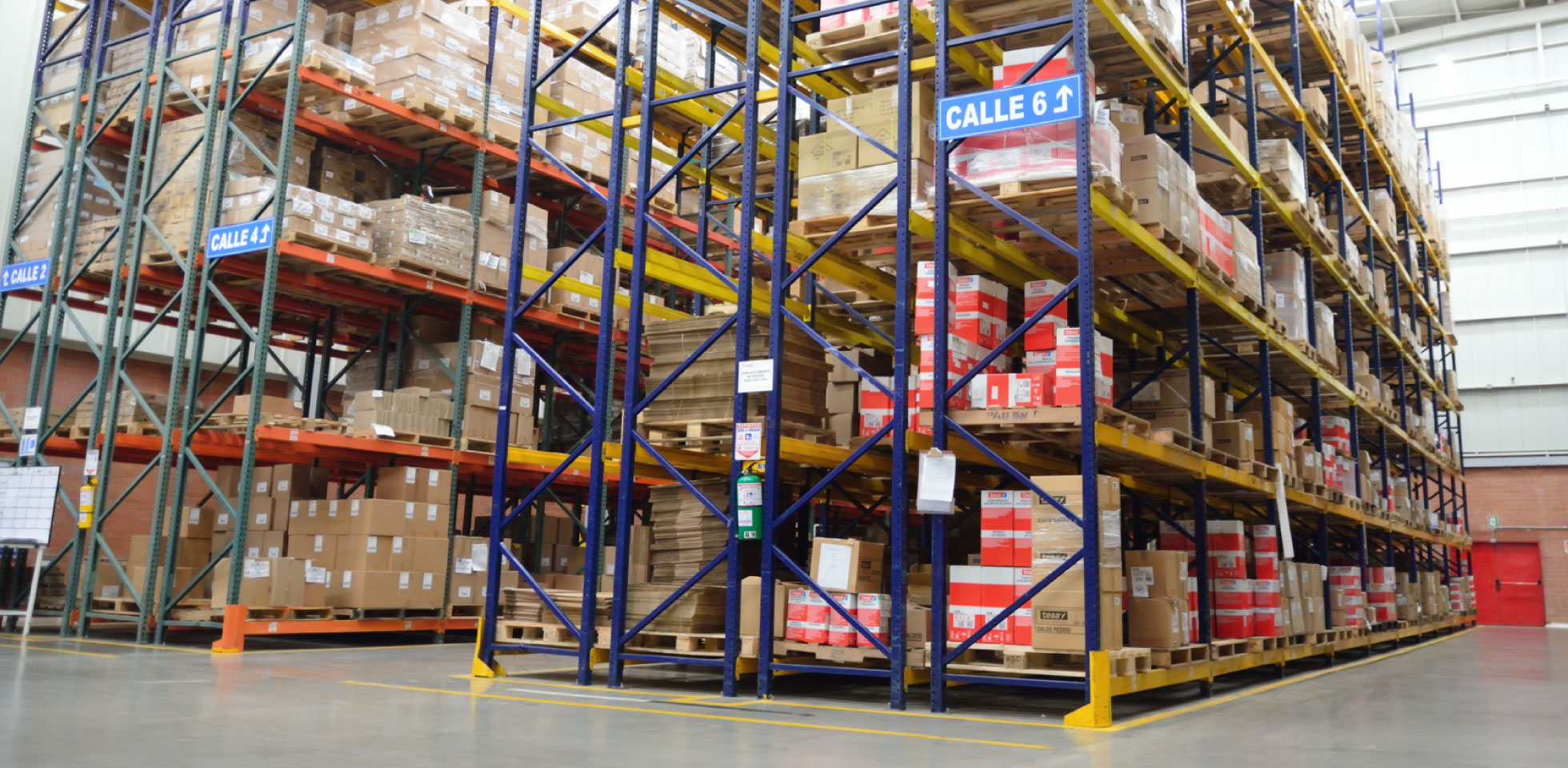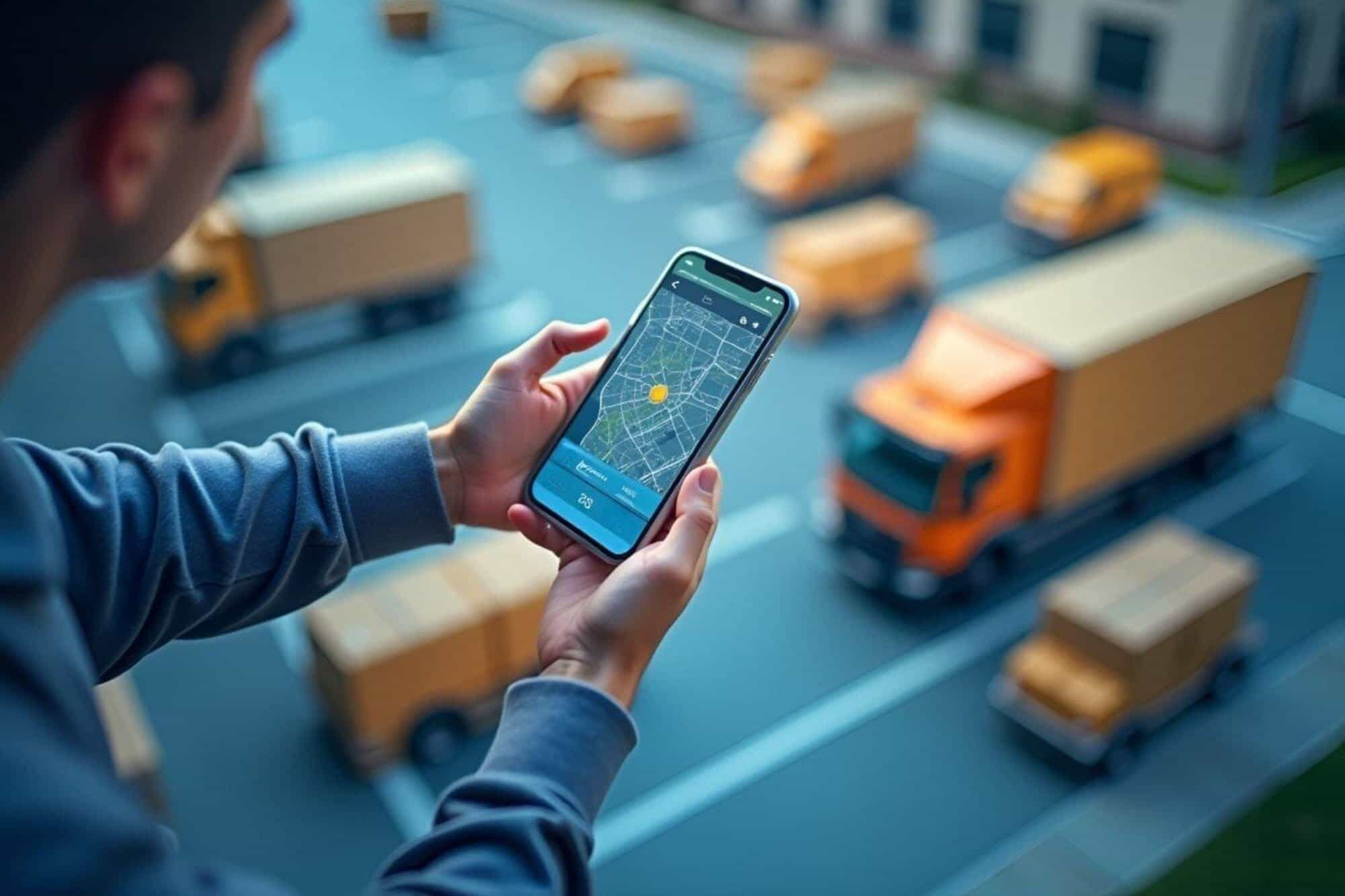Comprehensive logistics has become an indispensable tool for the success of any company. This innovative management model goes beyond simple process coordination, transforming into a cultural philosophy that involves the entire organization and directs it towards a common goal: to satisfy the customer quickly, efficiently, and profitably.
Integral logistics breaks down traditional barriers between departments, integrating production, sales, finance, customer service, and human resources into a single, synchronized chain.
What is meant by comprehensive logistics?
Comprehensive logistics is basically an advanced model of supply chain management whose focus is on coordination. Its purpose is to align all departments, processes, resources, and information flows of the company so that they work synchronously towards a superior goal: to deliver products and meet the needs of customers in the fastest and most efficient way.
It is no longer about seeing logistics as a series of isolated processes - storage, transport, distribution, etc. - but as a single, large gear where each small piece (that is, each area of the company) must fit perfectly with the others to optimize the functioning of the whole. Production, sales, finance, customer service, human resources… all are links in that same chain.
In this way, the adoption of comprehensive logistics allows us to leave behind the “silos” and stagnant compartments that have historically separated the different sectors of the business. Today, everyone must aim at what truly matters: to deliver to the customer what they need, at the precise moment, and under the right conditions.
Origin of integral logistics
This innovative concept was born in response to the transformations and complexities of the current market, where phenomena such as globalization, hyperconnectivity, e-commerce, and omnichannel purchases (combined physical and digital) prevail, among others.
Faced with this panorama, organizations face the challenge of having to deal with a very variable demand in real time, rapidly changing customer needs, the demand for almost immediate responses, and unforeseen events that seem impossible to predict.
It is in this context that comprehensive logistics becomes relevant as a necessary evolution of traditional logistics management, still very focused on isolated processes with limited vision, without a systemic coordination that crosses transversely throughout the company. In the face of a continuously changing market, holistic, agile, resilient, and fully connected organizations are required.
Strategic benefits
There are multiple benefits that this modern vision of comprehensive logistics can bring to your business:
- Speed to fulfill orders: The elimination of obstacles and bottlenecks that hinder the flow of logistics operations allows for faster preparation and dispatch of products.
- Increased competitiveness: Solid logistics is a great differential advantage that will allow you not only to defend your current position but also to conquer new markets.
- Cost Optimization: The coordination of collective efforts allows for a much more efficient and intelligent use of all available logistical resources, positively impacting costs.
- Adaptability to Change: You will be able to successfully respond to fluctuations in demand and any unforeseen disruption thanks to having flexible, agile, and fully interconnected processes under a common purpose.
- Better Customer Service: Not only will they receive their products faster and in better conditions; the overall shopping experience will be superior.
- Sustainable Competitive Advantage Over Time: More than just a simple tool or managerial technique, it is a cultural philosophy that must permeate the entire company from top to bottom.
All these benefits directly impact the value of the business, its current profitability, and future growth.
Implementation: Where and How to Start
Given that comprehensive logistics involves profound changes that horizontally traverse the entire organization, its effective implementation requires following certain steps:
- Sensitize and Align Areas: The first thing is to educate the different sectors about this vision and explain how they will need to adapt their individual processes to contribute to the common superior objective of satisfying the customer quickly, economically, and reliably.
- Analyze in detail each existing process and information flow to detect concrete opportunities for improvements, which will later translate into specific initiatives and projects within the comprehensive logistics plan.
- Evaluate External Factors: It is necessary to deeply investigate the changing needs and behaviors of customers, as well as study the movements of the competition.
- Create an integral logistics plan that includes: General and stage objectives, punctual actions and projects, key performance indicators, follow-up mechanisms, necessary technological tools, staff training, assigned responsibilities, and resources.
- Communicate this plan massively so that each member of the company visualizes how their individual contribution impacts the achievement of collective goals. This is key to generating commitment at all levels.
- Implement Enabling Technological Solutions: The right software is essential to break down watertight compartments between areas and allow the fluid circulation of real-time information among all links in the chain. The most outstanding solutions are ERP, WMS, and transportation management systems.
- Periodically Review Results and Introduce Adjustments: Comprehensive logistics must be seen as a living process in constant improvement and evolution depending on how the market and customer needs change. It is necessary to measure, evaluate, and adjust.
Technology
Within the process of transformation towards modern and comprehensive logistics, technology plays an absolutely leading role by providing the “digital highways” that enable the connection between different processes, systems, and information.
The most outstanding technological solutions in this area are:
- ERP (Enterprise Resource Planning): This powerful software suite integrates the main areas of the business (finance, logistics, marketing, HR, etc.) into a single platform with a centralized and shared database. In this way, it allows interconnecting processes and making information available in real time where it is needed to make better decisions.
- WMS (Warehouse Management System): Optimizes all internal processes of the warehouse to allow for quick receipt, storage, and picking of products with the minimum margin of error. When integrated with the ERP, it provides visibility over stocks and operations to the entire company.
- Transportation Management Software: Allows for end-to-end organization of product delivery to customers through fleet optimization, efficient routing, visibility over the load, and traceability of orders up to the point of delivery.
- Hardware such as barcode readers and RFID: The automation of order preparation and tracking processes through intelligent algorithms and sensors is key to gaining speed and minimizing human errors.
The great advantage of all these technological solutions for logistics is that they are fully integrated with each other and operate interconnectedly under the concept of the Internet of Things, providing real-time information about everything that is happening along the supply chain and allowing for quick action or reaction to resolve any inconvenience that may impact the value promise to customers.
This generates comprehensive visibility that goes beyond what happens “within the four walls”: it covers everything from the real-time status of orders and shipments, to the weather conditions that could delay deliveries, or the behavior of the customers themselves when choosing certain products over others. Based on this enriched data, it is possible to foresee situations, anticipate potential problems, and make better synchronized decisions among all intervening areas.
To close this article, we want to emphasize that comprehensive logistics lays the foundations for agile, resilient businesses strongly focused on the needs of customers that the complex current environment requires.
It is about coordinating all efforts under a single systemic vision powered by new technologies.






